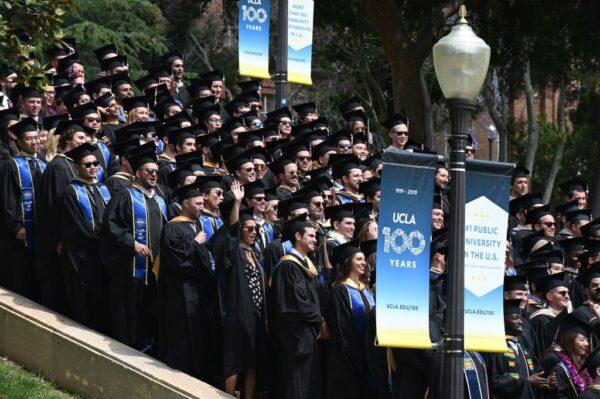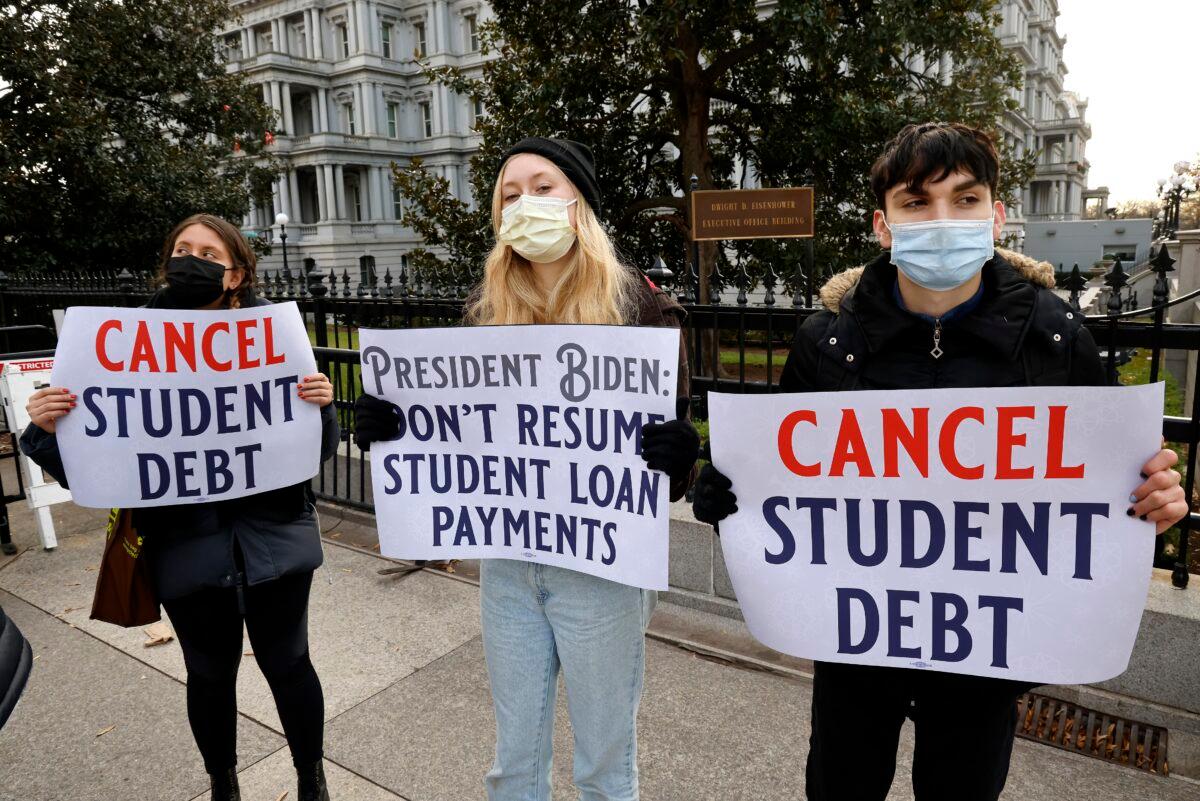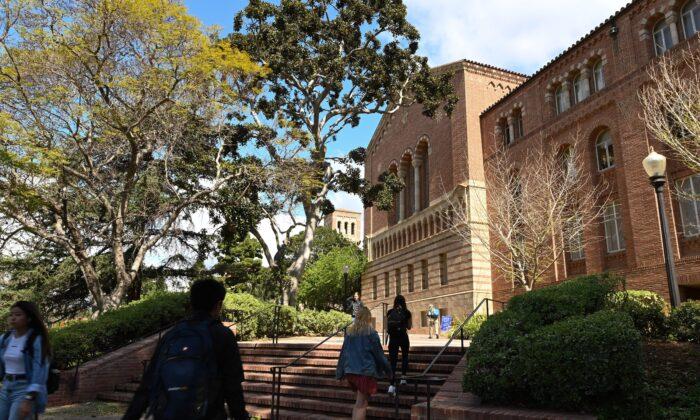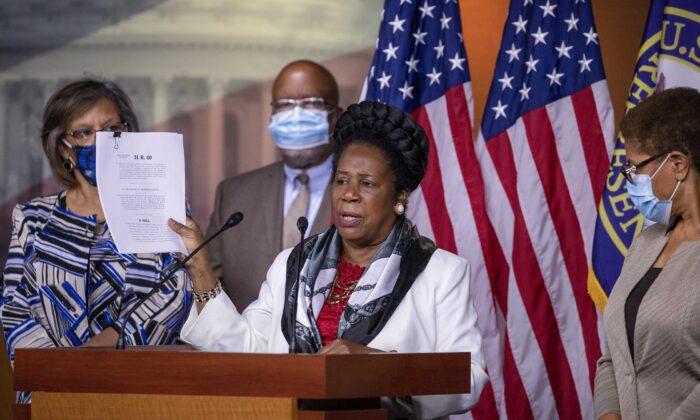Is there more behind President Joe Biden’s decision to extend the student debt moratorium than votes in November?
Yes, of course. Biden’s extension of the moratorium on student debt repayments is a thinly veiled ploy to win Democratic favor with young voters in the lead-up to November’s midterms.
But don’t let the clear electoral motivation behind this move excuse the fact that Biden has proven himself a reliable puppet of the progressive wing of his party. Debt cancellation is not only an attempt to salvage his failing agenda and gain some easy votes. Rather, it is indicative that he is largely beholden to the increasingly far-left Democratic base in general.
It’s no secret that issues tied to race, gender, and sexuality are the modern American left’s favorite issues to rally around. But as the country struggles with historic levels of inflation, it’s important to assess how the actual situation stacks up against the reasoning provided by the Biden administration and left-wing Democrats.
So what do the numbers actually say about it?

On top of that, while a bachelor’s degree can help boost an individual’s long-term economic prospects, higher degrees than that have an exponentially lower impact on future earning potential. In 2019, 56 percent of student debt was held by those holding an educational level of a master’s or higher (such as a professional or doctoral degree). Yet those with a master’s degree are only 14 percent of the over 25 population, while only 3 percent of the latter demographic hold a professional or doctoral degree.
As stated by the report, “the data show that students who go to college and particularly graduate school tend to earn more and are more financially secure, which is why student debt is nevertheless so concentrated among well-educated and higher-income households.”
So would debt relief really be effective in relieving the economic burdens of the least well off? Hardly.
This makes sense. The claim that freed up capital would lead to more investment in small businesses and increased homeownership is a terrifying prospect to those who understand the law of incentives. Setting a standard in which the government swoops in to relieve the individual of all financial accountability does not inspire confidence that small business loans or mortgages will be given due priority, especially if they are only being sought out because of the cancellation of existing debt.
All of this is in reference to policy in the aggregate. Sure, some will benefit from student loan forgiveness as a second lease on making wise financial decisions. But this also leads to the fundamental reality that the system as it currently exists is failing.
The U.S. government backs 92 percent of student loan debt. Eighteen-year-old individuals are often convinced to take on massive levels of debt without the ability to understand the lasting financial consequences for their future or because they have been told it is their only option for a lucrative career. This essentially makes them debt slaves to the Washington bureaucracy while simultaneously inflating the cost of university ever higher. Many will finish school with degrees that have a paltry return on investment.
This says nothing of the fact that the university system has essentially transformed into an indoctrination mill for anti-American sentiment and feelings of victimhood (in other words, a conveyor belt for entitled 20-something-year-olds who may or may not even hold any applicable skills for a given job market).
Although many on the left take little heed of what government spending does to a nation’s economy, the massive cost of straight-up canceling student debt would be sure to send inflation through the roof. Higher levels of inflation disparately impact lower-income households, the exact type of communities that socialists purport to fight for. This is especially true as commodity prices skyrocket.
So what really lies behind the push for student debt cancellation and free college for all?
The answer lies in a more fundamental truth of the American left, which conservative pundits speculating on this issue have either missed or are just too shy to admit. It makes no difference whether those who own the majority of the country’s debt are actually able to repay it, either through their own means or the means of their largely middle-class families. The movement is based on ideology, and that ideology is the exact result of the very universities that saddle their attendees with these massive financial burdens and teach them to detest their country and reject all traditions.

“Cancel student debt” was destined to evolve from an implausible ultra-liberal mantra into a central policy issue of the Democratic base. Much like identifying as a “socialist” has transitioned from a political taboo into a point of progressive pride, the more extreme views of the far-left have inevitably leaked down into the soft and malleable party center.
During the 2020 presidential election, Biden tried his best to create the illusion that he was a middle-of-the-road political candidate. He tried to appear moderate in a field of radicals; however, he has proven over his half-century in Washington that his convictions blow freely with the political weathervane. It seems that the only true principle he has operated according to has been the acquirement and retention of power.
This principle has, is now, and will continue to guide him further to the left.





